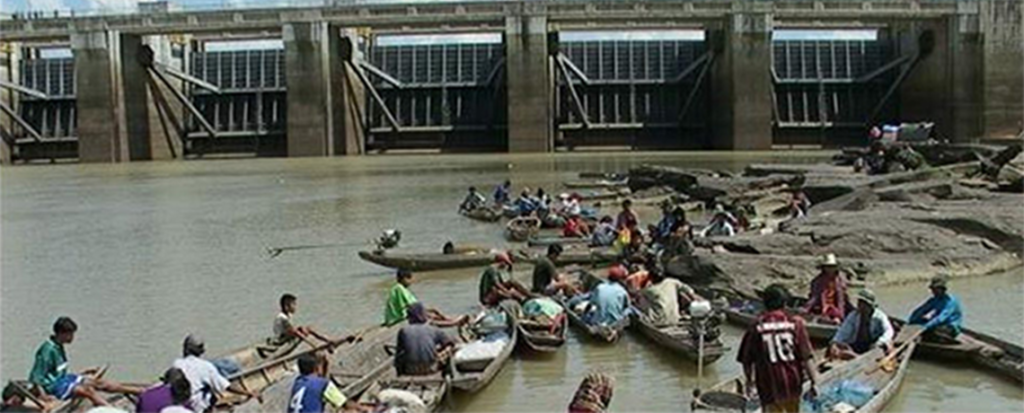
Asia’s rapid economic growth and industrialization are coming at an extremely high price for local communities, their environments and economies. Across the region, ‘development’ is characterized by large-scale investment, at the heart of which are the control and exploitation of land, forests, water, nature, minerals and labour. Asian governments are seeking private investment in almost every sector of the economy from energy, oil, minerals, agriculture and food processing to education, health, tourism, manufacturing, pharmaceuticals, transportation and urban infrastructure. The sources of investment vary, are generally enabled through bilateral, multilateral and regional aid and economic agreements, and often backed by capital that is global in nature and difficult to trace. (1)
Land, forests and water are being captured for a range of purposes: industrial agriculture, tree plantations, hydropower, extractive industry, tourism, physical infrastructure, real estate/property development, Special Economic Zones (SEZs), economic corridors and quite simply, for financial profit through the construction of new markets. Within months, bio-diverse landscapes and eco-systems are transformed into rubber, oil palm or cassava plantations, gated townships or dam reservoirs, amidst which, stretches of forest or wetlands may be earmarked as protected areas and used to generate ‘green’ revenue streams. Local populations rarely benefit from these changing landscapes and new markets. For the most part, they lose their livelihoods, homes, cultures, identities and access to natural food cupboards; they are forcibly evicted, relocated, and pushed into precarious, low paid waged labor. (1)
Land concentration is higher now than it has ever been, where many of the landowners are politically connected elites, as in the Philippines, Cambodia, Lao PDR, Malaysia, Pakistan, India and Indonesia. In the past 10 to 15 years, governments across Asia have been proceeding with a raft of legislative changes to remove the few protections that small-scale farmers and fisherfolk, indigenous peoples and forest dwellers have traditionally enjoyed, leaving them vulnerable to the takeover of their lands by state and corporate enterprises for large-scale industrial farming, extractive industries, infrastructure development, and ‘economic corridors’. (2) The changes differ from country to country, but they are all designed to make it easier for companies to acquire large areas of land that are used by local communities and extract timber, minerals, water and other natural wealth with few regulatory checks.
Many policy makers argue that land acquisition by the state is necessary to ensure development and economic growth. Indonesia and India are issuing laws allowing land acquisition for large mega-projects using the justification of national development and public interest. In Thailand, the Forestry Master Plan (FMP) is the latest in a long line of attempts to expand monoculture tree plantations in the country. Issued in June 2014 by Thailand’s Internal Security Operations Command and the Ministry of Natural Resources and Environment, the FMP permits concessions to private companies for tree plantations in forest areas, putting communities living and farming in these forests at risk of forced relocation. (3) The Cambodian Government converts state public land to state private land and deems community forests “degraded forests” at whim to grant long term economic concessions to corporations in these lands.
